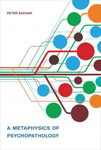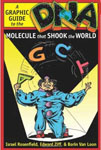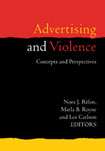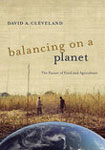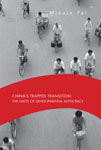Book Details
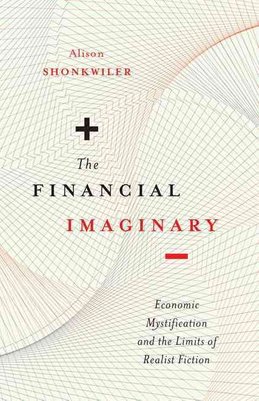
The Financial Imaginary : Economic Mystification and the Limits of Realist Fiction
As Shonkwiler shows, these contemporary writers navigate the social, moral, and class preoccupations of American "economic fiction" (as shaped by such writers as William Dean Howells, Henry James, Frank Norris, and Theodore Dreiser), even as they probe the novel's inadequacies to tell the story of an increasingly abstract world system. Drawing a connection from historical and theoretical accounts of financialization to the formal contours of contemporary fiction, The Financial Imaginary examines the persistent yet vexed relationship between financial representation and the demands of literary realism.
Introduction: Representing Financial Abstraction in Fiction
1.Virtue Unrewarded: Financial Character in the Economic Novel
2.Reagonomic Realisms: Real Estate, Character, and Crisis in Jane Smiley's Good Faith
3.Epic Compensations: Corporate Totality in Frank Norris's The Octopus and Richard Powers's Gain
4.Financial Sublime: Virtual Capitalism in Don DeLillo's Cosmopolis
5.Liquid Realisms: Global Asymmetry and Mediation in Teddy Wayne's Kapitoil and Mohsin Hamid's How to Get Filthy Rich in Rising Asia
Epilogue: Literary Realism and Finance Capital,
Notes
Index
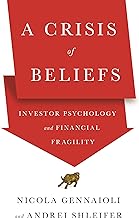
A Crisis of Beliefs: : Investor Psychology and Financial Fragility

TURBULENT WATERS : CROSS-BORDER FINANCE AND INTERNATIONAL GOVERNANCE
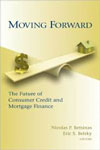
MOVING FORWARD : THE FUTURE OF CONSUMER CREDIT AND MORTGAGE FINANCE (James a. Johnson Metro Series)
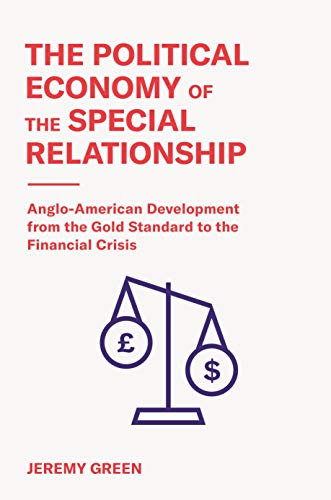
The Political Economy of the Special Relationship: : Anglo-American Development from the Gold Standard to the Financial Crisis
Popular Picks on the Month





